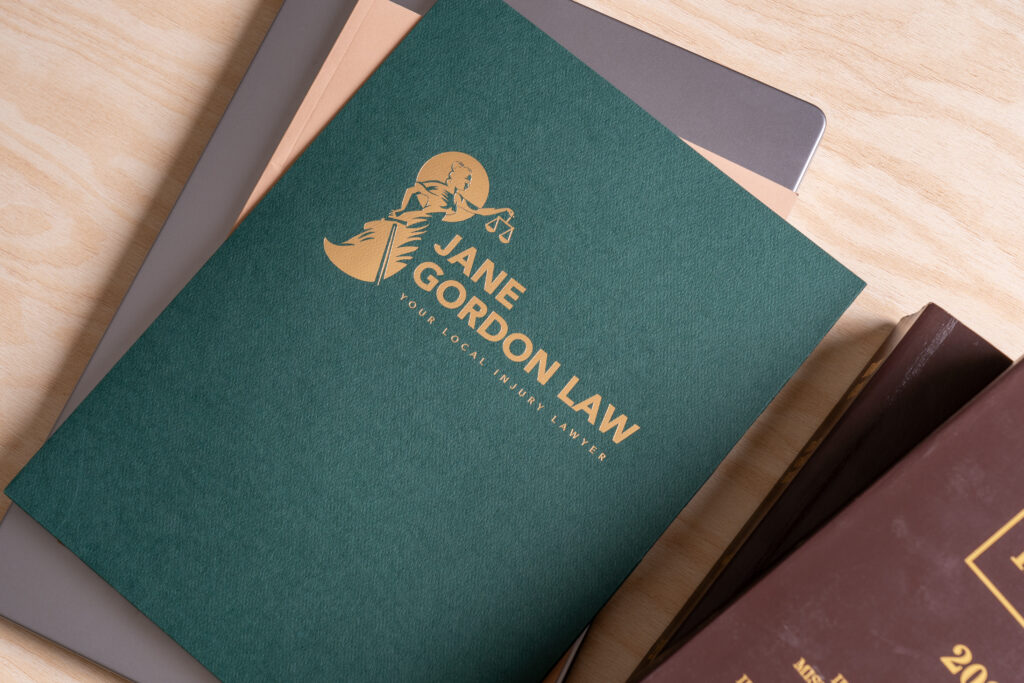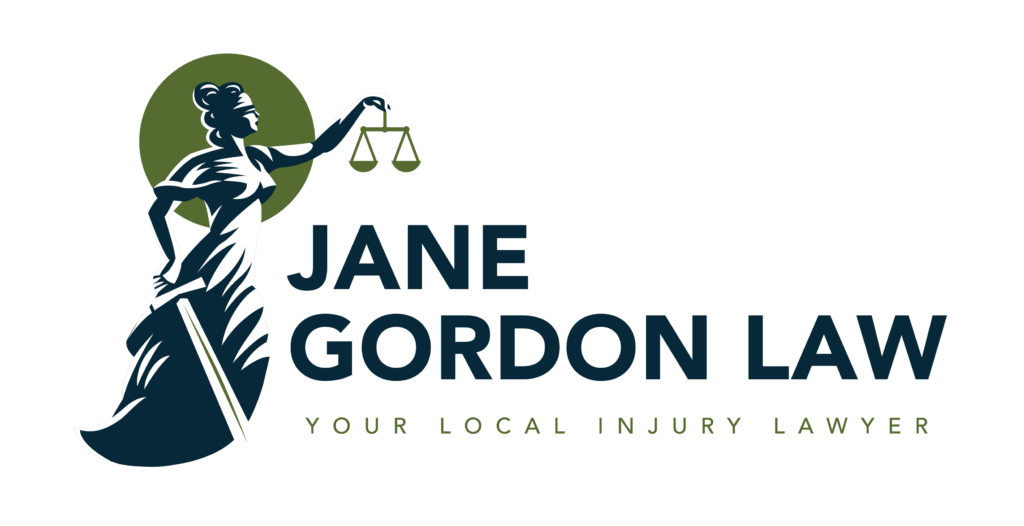
What to Do After a Hit-and-Run Accident
Getting into a car crash is overwhelming. But when the other driver takes off without stopping, it adds a new level of shock and uncertainty. You’re not just dealing with injuries or car damage — you’re left without answers, wondering how you’ll recover damages or even identify who was responsible.
Hit-and-run accidents are unfortunately common, and they can leave victims feeling helpless. But here’s the truth: even if the other driver disappears, you may still have a path forward. Knowing what to do in the moments, hours, and days after the crash can protect your health, your rights, and your ability to seek compensation. Let’s review the steps you should take after a hit-and-run accident and common mistakes to watch out for.
1. Prioritize Safety and Seek Medical Attention
Immediately after the crash, your first priority is to get to a safe place. If you’re in a moving lane of traffic, try to pull over to the side of the road or another secure location. If you’re seriously injured and can’t move, stay where you are and wait for emergency responders.
Call 911 as soon as you can. Reporting the crash is not only important for legal documentation but also gets you access to medical care right away. When paramedics arrive, don’t downplay your injuries. Even if you feel okay, many crash-related injuries — like whiplash, concussions, or internal trauma — may not present symptoms immediately. Let a medical professional evaluate you and follow their recommendations for follow-up care.
Getting prompt medical attention also creates a formal record that ties your injuries directly to the crash. This documentation is critical for any insurance claim or legal case.
2. Document the Scene as Thoroughly as Possible
If you’re physically able and it’s safe to do so, start documenting everything around you. Use your phone to take wide and close-up photos of:
- The damage to your vehicle
- The location of the crash (intersections, traffic lights, road signs)
- Any debris left behind, such as broken glass or parts from the other vehicle
- Skid marks or fluid trails
- Your injuries, if visible
Also, try to jot down anything you remember about the other car — color, make, model, license plate digits (even partial), or any bumper stickers or unique identifiers. You should also note the direction it was headed and how fast it seemed to be going.
If there are security cameras nearby — on buildings, traffic lights, or businesses — make a note of them. Footage from those cameras could be useful in identifying the vehicle or driver later on.
3. Talk to Any Witnesses
Eyewitness accounts can be incredibly valuable in hit-and-run cases. If anyone nearby saw the crash, approach them calmly and ask what they noticed. Did they catch a plate number? Did they see where the other car went? Were they able to get a video or photo?
Get the names and contact information of any witnesses if they are willing. Their statements may support your version of events and help establish fault — especially if the driver is eventually identified. Even if they didn’t see the full crash, small details can add up and make a difference later.
4. File an Official Police Report
Make sure the crash is reported to law enforcement as a hit-and-run. When officers arrive, give them all the information you’ve gathered — your observations, witness contact info, and any photos or notes you’ve taken. The police report will serve as a key piece of evidence for your insurance claim and can also support a potential personal injury lawsuit.
Ask how to obtain a copy of the report once it’s filed, and make sure you get the names and badge numbers of the officers who respond. Even if the police are unable to locate the driver immediately, filing a report is a crucial step in protecting your rights.
5. Notify Your Insurance Company — Carefully
As soon as you’re able, report the crash to your insurance provider. Let them know it was a hit-and-run and share only the facts. Avoid speculation, and don’t make any statements that suggest fault or minimize your injuries.
If the driver isn’t found, you may be able to file a claim under your uninsured motorist (UM) coverage. This part of your policy is designed to help cover injuries or damages caused by a driver who is either uninsured or, in this case, unknown.
Before giving a recorded statement or signing any documents, consider speaking with a personal injury attorney. Insurance companies are often focused on minimizing payouts — and having legal guidance from the start can help prevent mistakes that hurt your claim down the line.
6. Contact a Hit-and-Run Lawyer
Hit-and-run cases can get complicated fast. Without someone to hold accountable, you may feel like you’re left with limited options. That’s where a personal injury attorney comes in.
An experienced personal injury attorney specializing in hit-and-run cases can help you:
- Understand your insurance coverage and file the right type of claim
- Investigate the crash and work to identify the driver, if possible
- Gather medical records, witness statements, and evidence to strengthen your case
- Calculate the full extent of your damages — including medical bills, lost income, pain and suffering, and more
- Negotiate with insurance companies so you get the full compensation you are owed
Even if you think your injuries aren’t “serious enough,” it’s worth talking to a hit-and-run lawyer. At Jane Gordon Law, we offer free consultations so you can understand your options and make an informed decision.
7. Track the Full Impact of the Crash
Recovery doesn’t end the day of the crash. The days and weeks afterward can come with mounting medical appointments, physical limitations, and emotional distress. To support your claim, keep a running log of everything related to your injury and recovery, including:
- Doctor’s appointments and treatment plans
- Prescriptions or therapy
- Missed workdays and lost wages
- Repair estimates and bills related to vehicle damage
- Pain levels and limitations in daily life
- Emotional impacts, such as anxiety, fear of driving, or sleep issues
The more detailed your records, the stronger your claim will be — especially when it comes to calculating damages for non-economic losses like pain and suffering.
What Happens if the Hit-and-Run Driver Is Found Later?
In some cases, police may later identify the at-fault driver through camera footage, witness tips, or other investigative leads. If that happens, your case may shift from an uninsured motorist claim to a standard personal injury case against the driver.
This opens up new legal pathways — including the ability to file a civil lawsuit for compensation. If the driver is criminally charged, that process will run separately from your civil case, but it may help support your claim.
If you’re already working with a personal injury attorney, they’ll be ready to adjust the legal strategy and ensure your rights are fully protected no matter how the case evolves.

You’re Not Alone — And You Still Have Options
A hit-and-run accident can make you feel powerless. But even if the other driver vanishes, that doesn’t mean you’re left with nothing. There are legal paths to recovery — and people who can help you take them.
As an experienced Boise hit-and-run lawyer, I understand the stress, confusion, and frustration that come after a car crash. I’m here to answer your questions, stand up to the insurance companies, and fight for the compensation you deserve. If you’ve been injured in a hit-and-run accident, reach out to Jane Gordon Law for a free case review.
